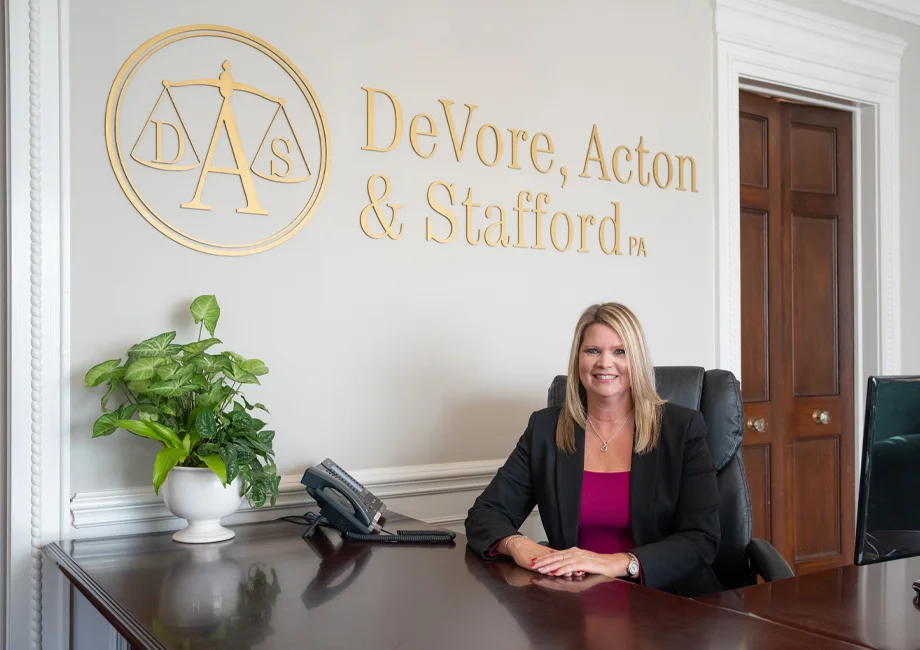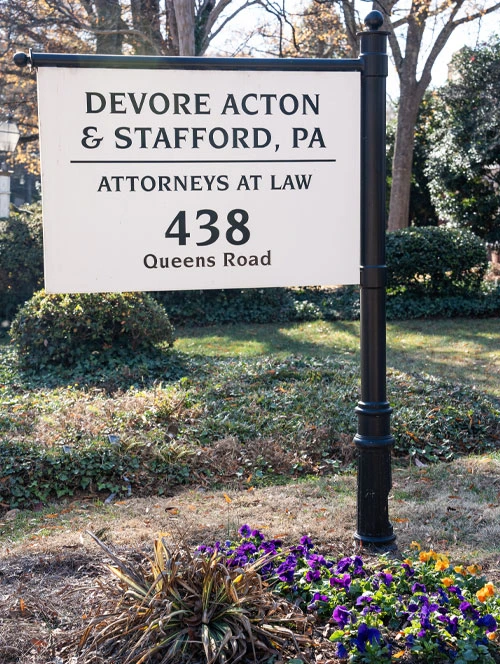CPSC falls short of issuing crib bumper ban

When a couple receives the news that there is going to be a new addition to their family, they are understandably filled with tremendous joy and great excitement over what the future holds. Once these emotions start to subside, however, most expecting parents will likely feel a new sensation: nervous anticipation.
Indeed, they may suddenly find themselves confronted with the need to start accumulating all of the basics from clothes and toys to a stroller and crib. The good news is that there is no shortage of vendors or options for baby-related items. In fact, it’s possible that expecting parents may soon find themselves overwhelmed by their choices.
The good news is that they can — and should — take at least one item off their shopping list: crib bumpers.
That’s because just last week, the U.S. Consumer Product Safety Commission released a statement strongly urging both parents and caregivers to avoid use of this product and stick to the mantra of “bare is best” when it comes to a child’s sleep environment.
For those unfamiliar with crib bumpers, they are essentially padded fabrics pieces that run along the length of crib mattresses and are tied to wooden slats in four corners. While the theory is that they prevent babies from falling out of their cribs, consumer advocates indicate that this is really not a concern any longer given that regulations now require the wooden slats of cribs to be much narrower.
Far worse, crib bumpers have been linked to an elevated risk of suffocation, as infants can get their faces caught in the bumper, or somehow wedged between the bumper and another object in the crib. Indeed, a study released just last year linked crib bumpers to 48 infant fatalities between 1985 and 2012, and another 146 injuries.
While groups like the American Academy of Pediatrics were disappointed that the CPSC didn’t ban the sale of crib bumpers altogether, as some municipalities already have, they did welcome its strongly worded warning and promise to start developing a performance standard in 2018.
In the meantime, the AAP, CPSC and other child safety advocacy groups indicate that crib bumpers should be avoided at all costs, and that the safest way for an infant to sleep is on their back on a firm mattress that is covered by a fitted sheet with no other objects present.
Here’s hoping for more definitive action in this area going forward so that this type of otherwise preventable harm becomes a thing of the past …

request your consultation
"*" indicates required fields


